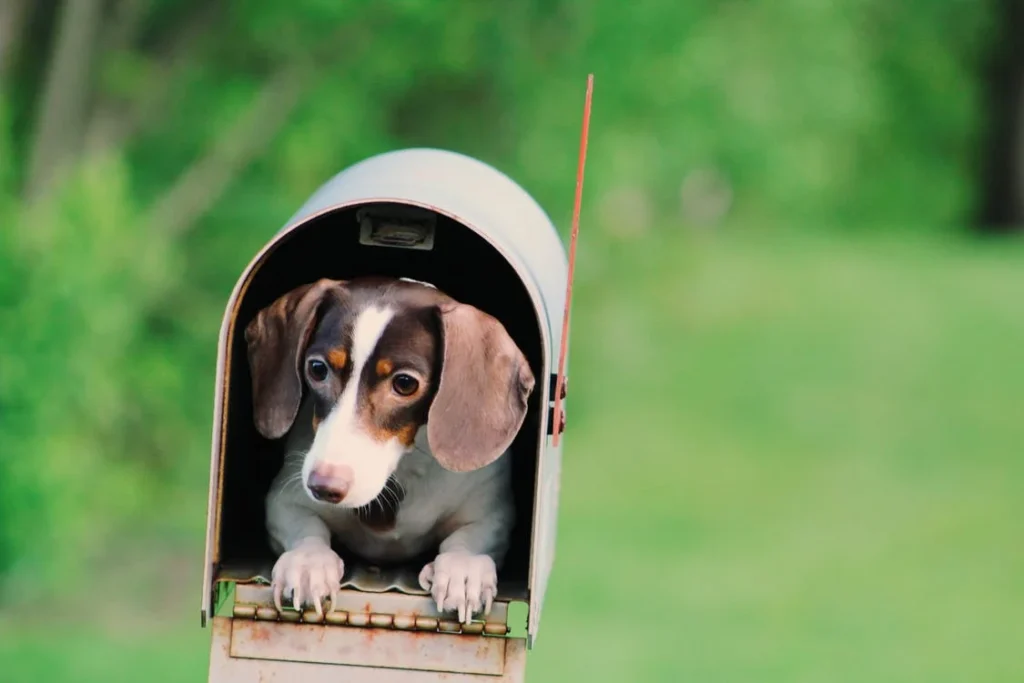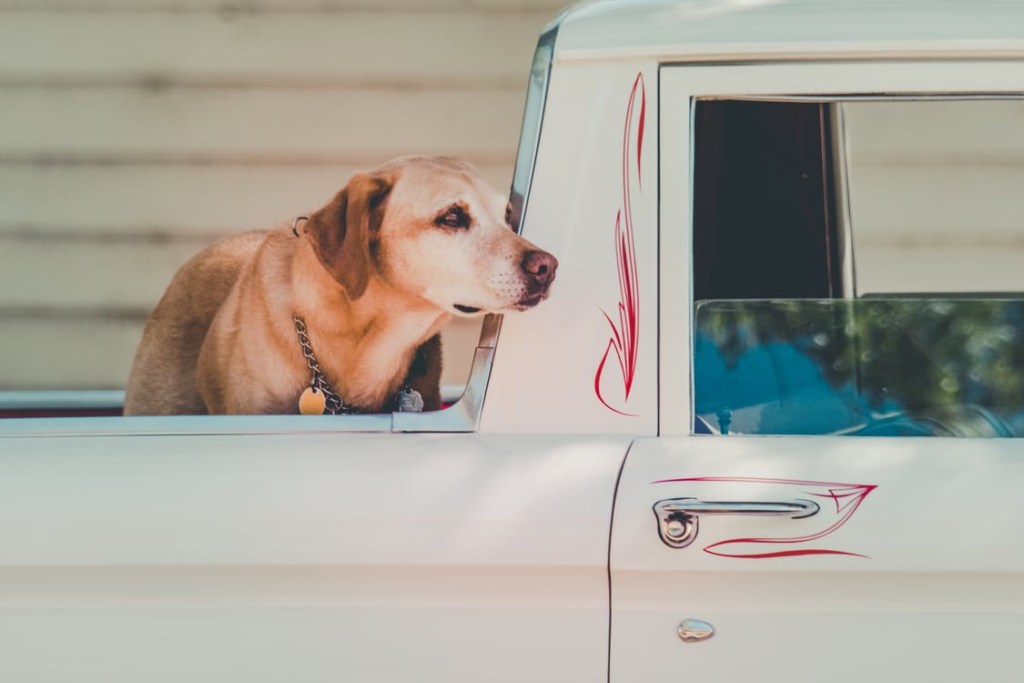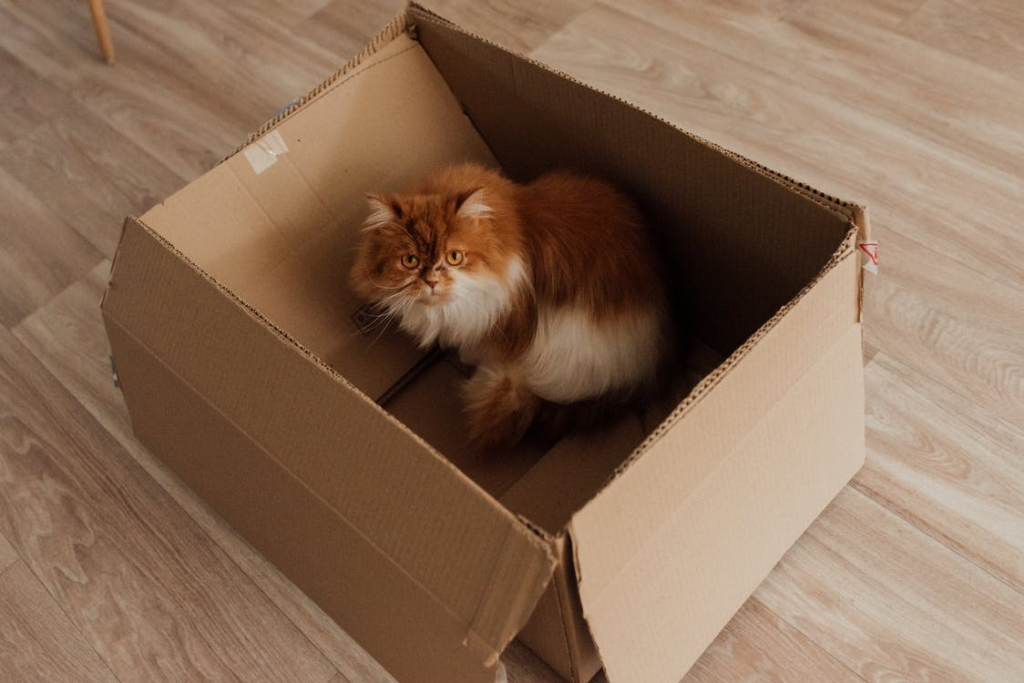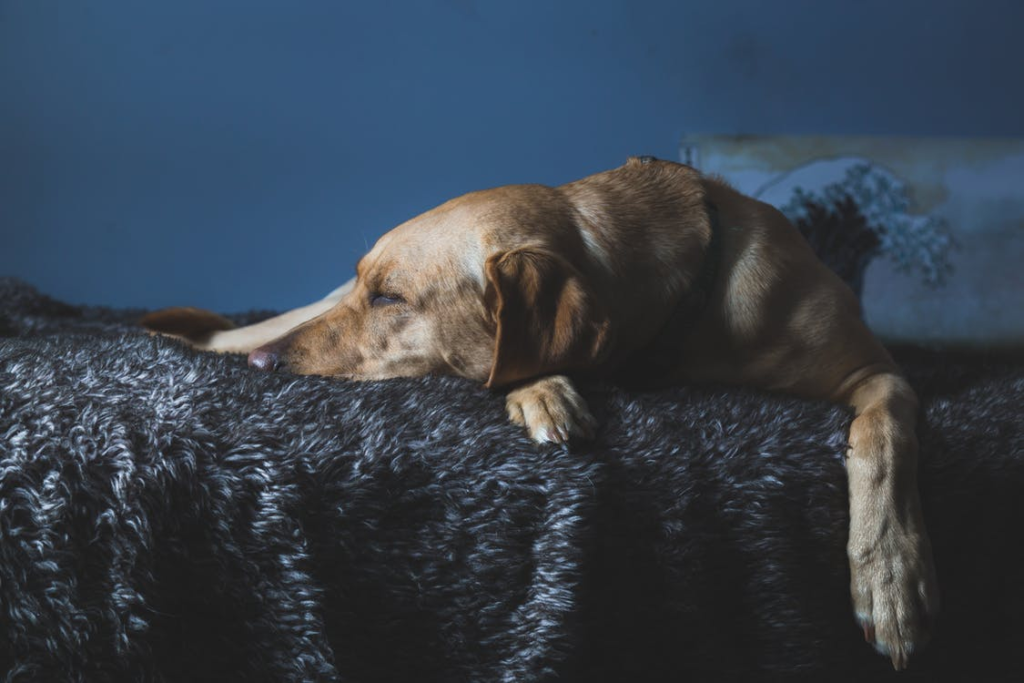Pets are family. They have a special place in our lives and hearts. They are our best friends, our family. Anyone who ever had a pet can confirm that. It is no wonder that we are willing to do anything just for the happiness and wellbeing of our pets.
When it comes to moving, moving is a bit different when you are moving with your pet. Even with top notch movers by your side It is a stressful event for you, but extra stressful for them, because they do not know what is happening and why. Therefore, you will need to take just a few extra steps when moving to make it easier for them.
What is The First Step When Moving With Pets?
First – make sure to find the right company for you on time! Ask your friends and family to recommend some of the top notch movers in your area.
If you know your move will take place in a couple of months, make sure to prepare yourself on time, as well as your pet. There is a way to prepare your pet for the relocation that will take place so they do not feel so stressed out.
When you start searching for the top notch movers, make sure to do lots of research on how to prepare for your move and how to pack efficiently.
You can also arrange for professional packers and movers to pack your belongings. That will leave you with enough time to help your pet. Of course, if you want to save your money and pack on your own, you can get some advice here. Take a look and learn some new tips and tricks.

Acquire a Top Notch Pet Carrier Before The Movers Arrive
Your pet should get used to being in a pet carrier. Get your dog or your cat used to this idea slowly. It does not matter if the trip to your new location is going to take 10 minutes or 10 hours, your pet should be transported in the transport box. It is safer for them and better for you.
When you get to your new home you will also keep them inside of it until all the top notch movers and helpers are gone. Of course you will not release your pet into a messy apartment full of boxes and bags, that can only heighten their stress levels.
If you do not have one, you should buy it. It will be good to have it not only during the move, but also for your trips to the vet or maybe holiday trips.
How to Help Your Pet Adjust to The Pet Carrier
You can start with a couple of minutes of practice every day.
Gently put your dog or a cat into the carrier, give them treats every time you do that and close the carrier. You should put some pillows or blankets inside of the carrier so they will feel comfortable inside.
Once you have closed and secured the transport box, you can make a couple of trips in and out of the apartment or the house that you are living in. This is good practice for them, they will create a habit and get used to the feeling of being inside the carrier. And they will remember that nothing bad happened to them during the walk when they are inside of the box.
Make sure to give them a lot of treats whenever they are inside the box, and a lot of petting and treats as well when you release them from it. They will think that it is some kind of game and will be happy to go inside every time.

They Also Need to Feel Comfortable In Your Car
Once you get them used to being inside the carrier, you can go one step further in preparing them for a move and go for a ride with them. Start with short, 15-minute rides, then longer 20-minute rides. If you don’t have the possibilities to ride every day with them, at least try to go once a week. They will get more and more accustomed to the ride itself, and all that comes with it – the sights, sounds and shakings.
Important to Know
Keep in mind that, when the move day comes, you will need to organize the transportation of your pet yourself. The top notch movers that you hired for the move are most likely not allowed to transport any kind of animals in their truck. If you do not have your own vehicle, make sure to arrange or to hire professionals that will transport your pet to the new location.
Contact Your Veterinarian Before The Moving Day
It is important to make sure that your pet is healthy and that it can take such a stressful event as moving is. Of course, if you are a proud owner of an older pet, they may be much more sensitive then a young pet is. If you know that your pet is extremely anxious, talk to your veterinarian well beforehand about your concerns.
They can provide you with some professional advice or maybe even recommend some relaxation medications for your pet, when the move day comes.
Also, if you are moving further away from your current neighborhood, and you will not be able to keep getting regular checks with your previous vet for your pet once you move, ask them for recommendations for a new vet in your new community.
Request a copy of your pet’s medical records. Make sure that their vaccines are up to date.You will want to prevent any emergencies from happening, if possible.
Do your research regarding the laws and requirements for your pet if you are moving out of state. You might need to get additional tests done or you will need to acquire some additional health certificates for your pet.

Have Your Pets Items Moved Last
While you are packing and getting ready, make sure you keep your pet’s favorite toys, bedding and food bowls out of the regular moving boxes. It is absolutely necessary to stick to routine as long as possible.
If you hire professional top notch movers to help you with the packing as well as with the moving process, make sure to arrange upfront how long the packing and moving is going to take. Some moves can take up to a couple of days. This can potentially be stressful for your pet – they do not know those people that are coming to your home and those people are moving all the stuff around the house!
How to Help Your Pet With Moving Anxiety?
The more your schedule changes, the higher their anxiety is likely to go.
If you have a cat, it will be fun for them to play with boxes and bags, so leave a couple of boxes around the house, just for the fun.
As you are already preparing your pet for the move by training them to stay in the carrier box, they will hopefully get accustomed to sleeping in it as well. You will change their environment little by little every day by packing more and more, so for the final day make sure that they are fed and hydrated and just after that you can remove their bowls and pack them in a special box.
Pack one essential bag of your pet’s belongings – bowls, toys, blankets, treats, but don’t forget a roll of toilet paper and wet wipes just in case.

Do Some Top Notch Pet-Proofing of Your New Home Before Moving Day
Once you arrive at your new home, before releasing your pet from a crate, you need to take a couple of extra steps to make sure your new place is safe for your beloved pet.
First, make sure all of the doors and windows are closed. When in an unknown environment, animals will try to escape and go back home to familiar environments. They might make extra efforts to escape, even if you are there with them.
It would be good to arrange one room or at least one part of the room especially for them. You can place their bed, bowls and toys there and introduce them to their new place. Give them extra traits to remove the feeling of anxiety.
If you are moving with a cat, show them their litter box as soon as possible, especially if the move took several hours. Remove their stuff from the essential boxes you packed and just leave the empty boxes around – it will be your cat’s safe haven!

Have Patience With Your Furry Friend & Don’t Worry
Once the top notch movers leave the place that they helped you move into, you will be left with a task to help your pet adjust to the new home. Different pets act differently. You can do your best to keep them comfortable and hope they will overcome the situation.
A little extra cuddling or playtime will help them feel more comfortable and relaxed. Don’t forget the extra treats!
If you move in with a dog, introduce them to each room first, show where you have put their bed and bowl of fresh water and you can take them for a short walk around the house before you continue with unpacking.
Keep Them Company as Much as Possible
In the first week or two, stay at home as much as possible. Your pet should not be left alone during the first couple of days. If it is possible, you should stay at home so they don’t fall in distress thinking that you abandoned them. Try to leave your new place gradually and come back after 10 minutes. After a couple of hours, leave again and come back in 30 minutes. Extend the absence period every day gradually.

When will they adjust?
Adjustment period can vary in each pet. Some pets will not be upset at all during the move, while others will show signs of anxiety and distress. Those can be: refusing to eat, hiding in the house, not wanting to leave the corner of a room, excessive grooming, diarrhea.
If those behaviors are lasting longer than 2 or 3 days, you can get in touch with your vet and see if there is any medical treatment that can make it easier for them.
Usually, dogs adjust way quicker than other pets. For some dogs, the adjustment period can last only 2 days. For others it may take a bit longer.
If you have a cat for a pet, the adjustment period can be around 2 weeks. Some cats adjust faster, as long as you are with them to make them feel safe.
We hope that this list will help you and your pet once the moving day comes.
For the extra help regarding the move itself you can contact our top notch movers that will be more than happy to help you enjoy a stressless move.